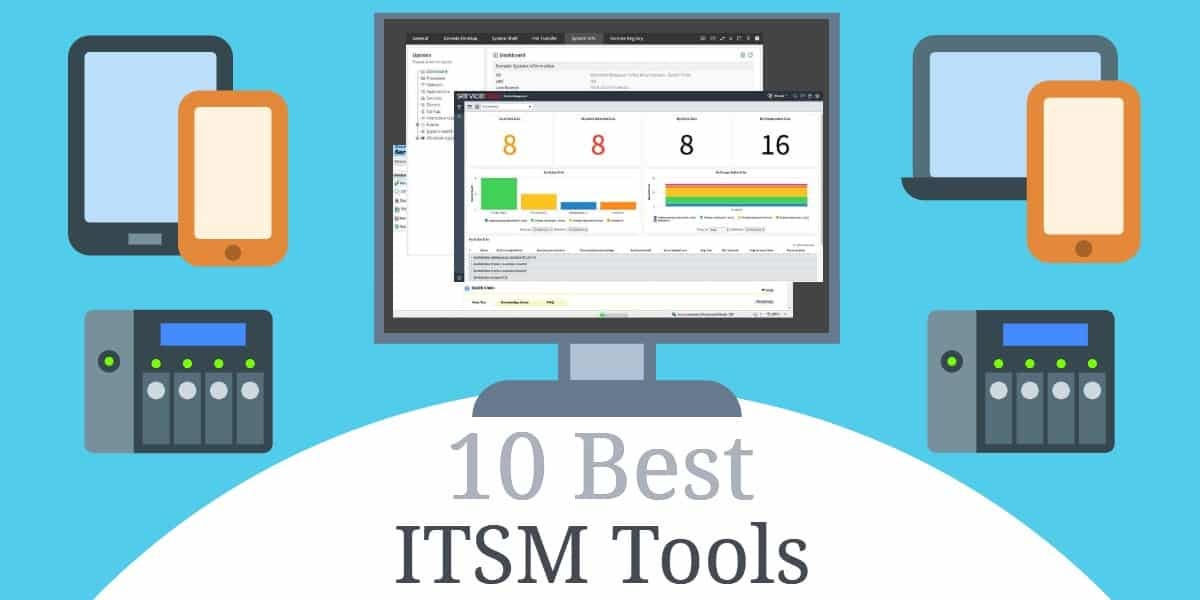In today’s fast-paced and increasingly complex IT environments, organizations rely heavily on efficient IT service management to maintain operational continuity and deliver excellent user support. ITSM tool comparison is becoming indispensable as companies evaluate numerous solutions designed to streamline service workflows, improve incident resolution times, and ensure alignment with business goals. With the market offering a broad spectrum of ITSM platforms—ranging from simple ticketing systems to fully integrated enterprise suites—the need to compare tools thoroughly is paramount. Making the wrong choice can lead to wasted resources, poor user adoption, and an inability to scale, which ultimately hinders the IT department’s contribution to organizational success. Therefore, ITSM tool comparison serves as the foundation for informed decision-making, helping organizations identify platforms that best meet their specific operational requirements and future growth plans.
Core Features to Evaluate During ITSM Tool Comparison
When engaging in an ITSM tool comparison, understanding and assessing the core features of each platform is critical. Essential ITSM capabilities include incident management, which enables efficient logging and tracking of IT issues; problem management, which focuses on identifying and mitigating root causes; and change management, designed to handle updates and modifications with minimal disruption. Additionally, service request fulfillment ensures that user demands are addressed systematically, while asset management tracks hardware and software inventories. Beyond these fundamentals, it is important to examine whether a tool supports service level agreements (SLAs), knowledge base creation, and automation workflows, all of which can improve responsiveness and reduce manual effort. Evaluating the depth and usability of these features allows businesses to select a solution that not only fits their current needs but also fosters continuous improvement in IT service delivery.
User Interface and Experience as a Differentiator
The usability of an ITSM tool greatly influences its effectiveness, making user interface (UI) and user experience (UX) vital aspects of ITSM tool comparison. An intuitive, well-designed interface reduces the training time required for IT staff and end-users, promoting faster adoption and greater satisfaction. Features like customizable dashboards, clear visual cues, and streamlined navigation empower users to access information quickly and perform tasks efficiently. Poor UI design, on the other hand, can lead to user frustration, increased errors, and slower resolution times. Since ITSM platforms are used daily by a variety of roles—including help desk agents, IT managers, and business users—a user-centric design that accommodates different skill levels and workflows is essential. Prioritizing platforms that emphasize UI/UX ensures smoother operational processes and encourages proactive use of the tool’s full capabilities.
Customization and Scalability Considerations
Customization flexibility and scalability are crucial factors when performing an ITSM tool comparison because every organization has unique service management processes and growth trajectories. A highly customizable platform allows IT teams to tailor workflows, request forms, approval chains, and reporting structures to reflect their specific operational nuances rather than conforming to rigid software constraints. This adaptability leads to better alignment between IT service processes and business objectives, increasing overall effectiveness. Scalability is equally important, especially for organizations anticipating growth or fluctuating service demands. The selected ITSM solution should accommodate increased ticket volumes, additional users, and more complex workflows without significant performance degradation or the need for expensive upgrades. Evaluating how well a platform scales and supports customization protects the organization’s investment and avoids the disruption associated with switching tools later.
Integration Capabilities with Existing Systems
A seamless integration with existing IT infrastructure is a cornerstone of effective ITSM tool comparison. Organizations rely on a diverse ecosystem of software tools—such as network monitoring systems, identity management solutions, communication platforms, and enterprise resource planning (ERP) systems—that need to work in harmony. An ITSM tool with robust integration capabilities enables data to flow smoothly between these systems, reducing manual data entry and errors while enhancing workflow automation. For example, linking monitoring tools directly with incident management allows automatic ticket creation for detected issues, accelerating response times. Tools that offer well-documented APIs, pre-built connectors, and compatibility with popular third-party platforms provide a strategic advantage by simplifying integration efforts and future-proofing the IT service environment against technological evolution.
Mobile Accessibility and Remote Support Features

As remote work becomes a norm and IT teams become increasingly mobile, mobile accessibility and remote support features are pivotal in ITSM tool comparison. Platforms that provide responsive mobile apps or web portals empower IT staff to manage incidents, approve requests, and communicate with end-users from any location, improving response agility and reducing downtime. The ability to receive notifications and act promptly outside of traditional office hours is a game-changer in maintaining service continuity. Additionally, integrated remote support capabilities or seamless integration with remote desktop software allow technicians to troubleshoot and resolve issues directly, without the need for physical presence. These features not only increase operational efficiency but also enhance user satisfaction by delivering faster problem resolution regardless of physical constraints.
